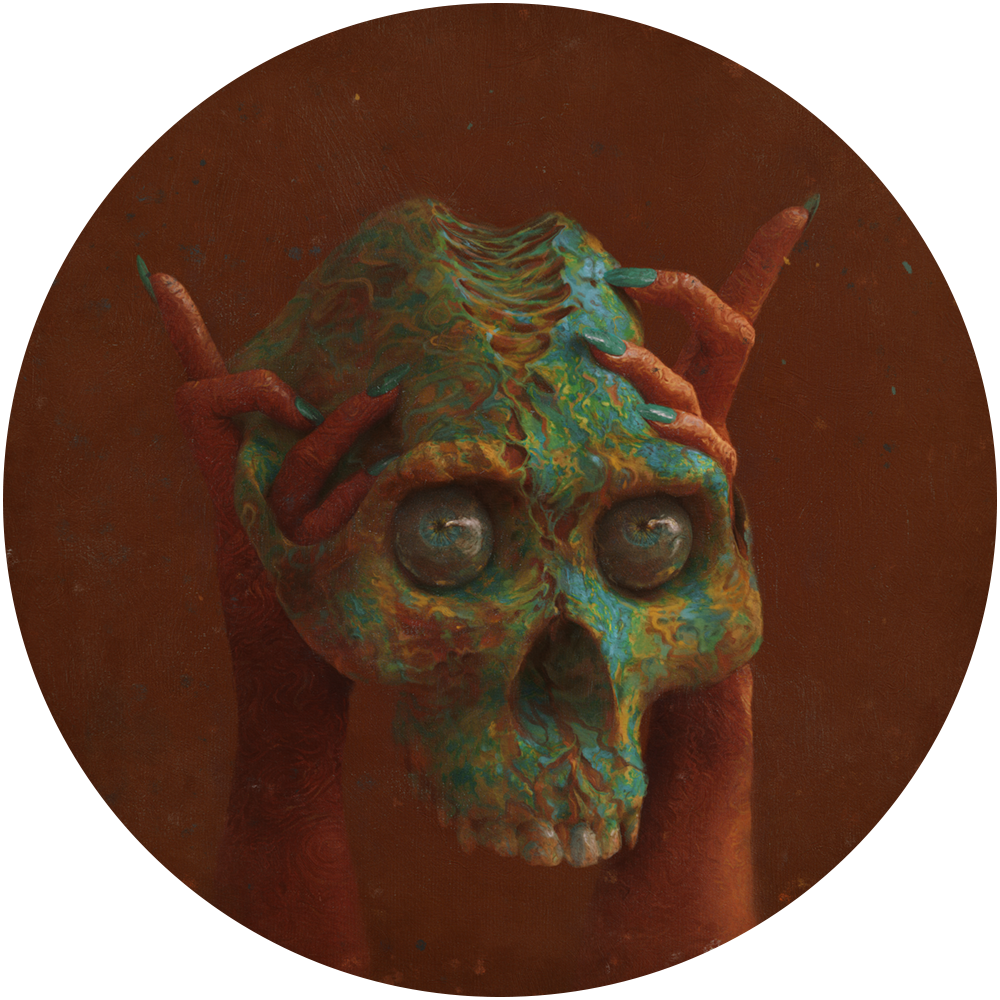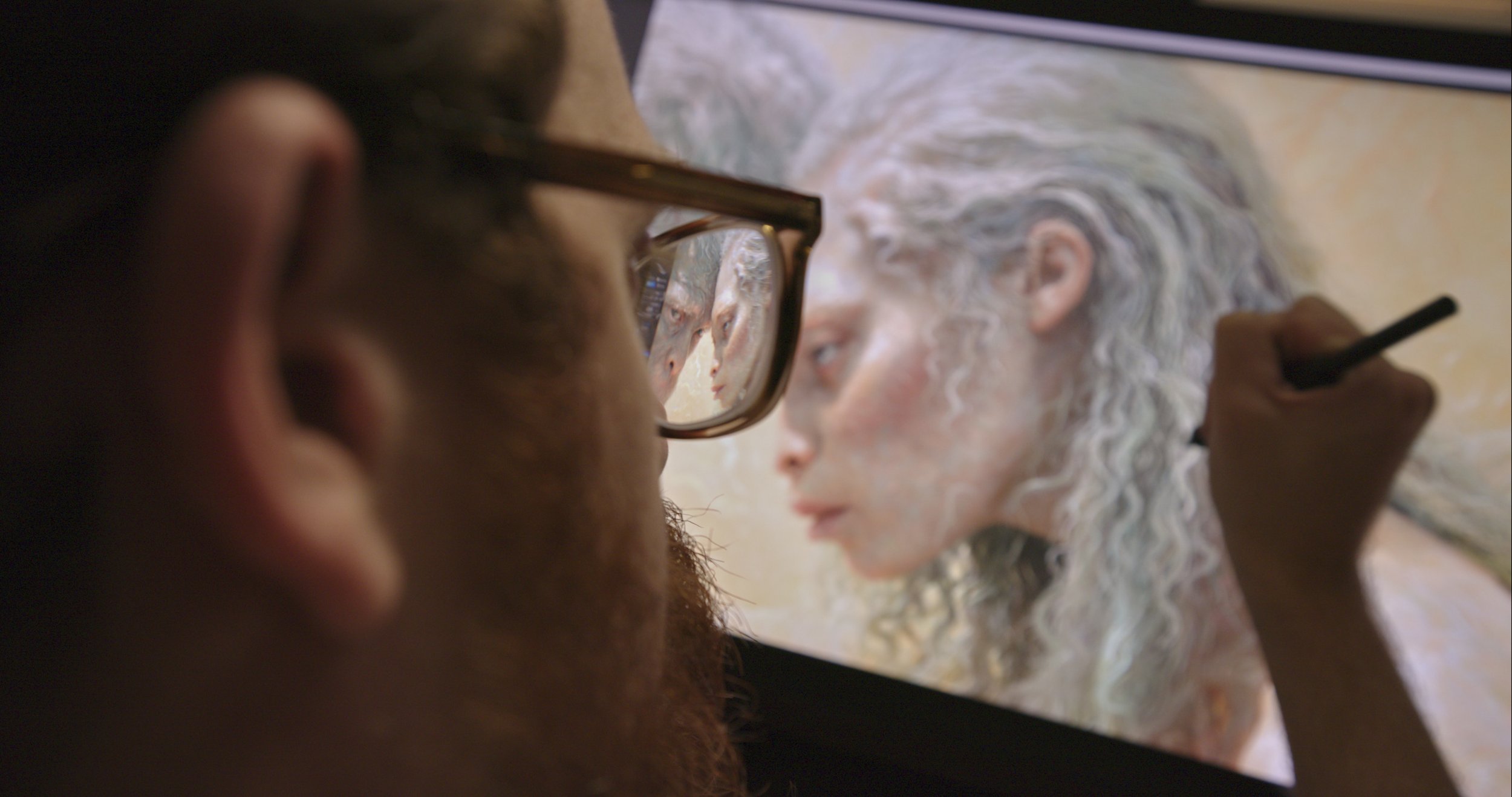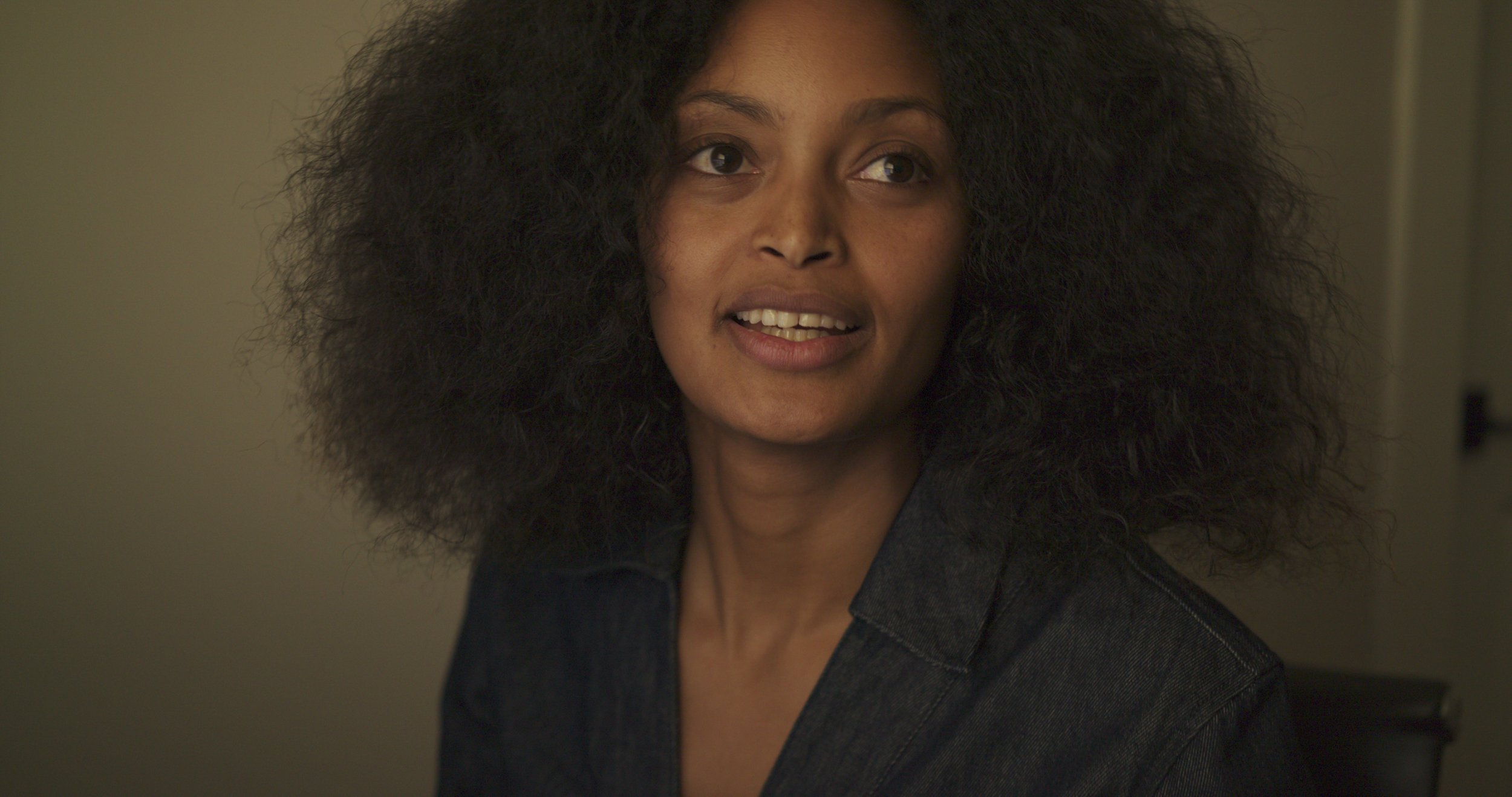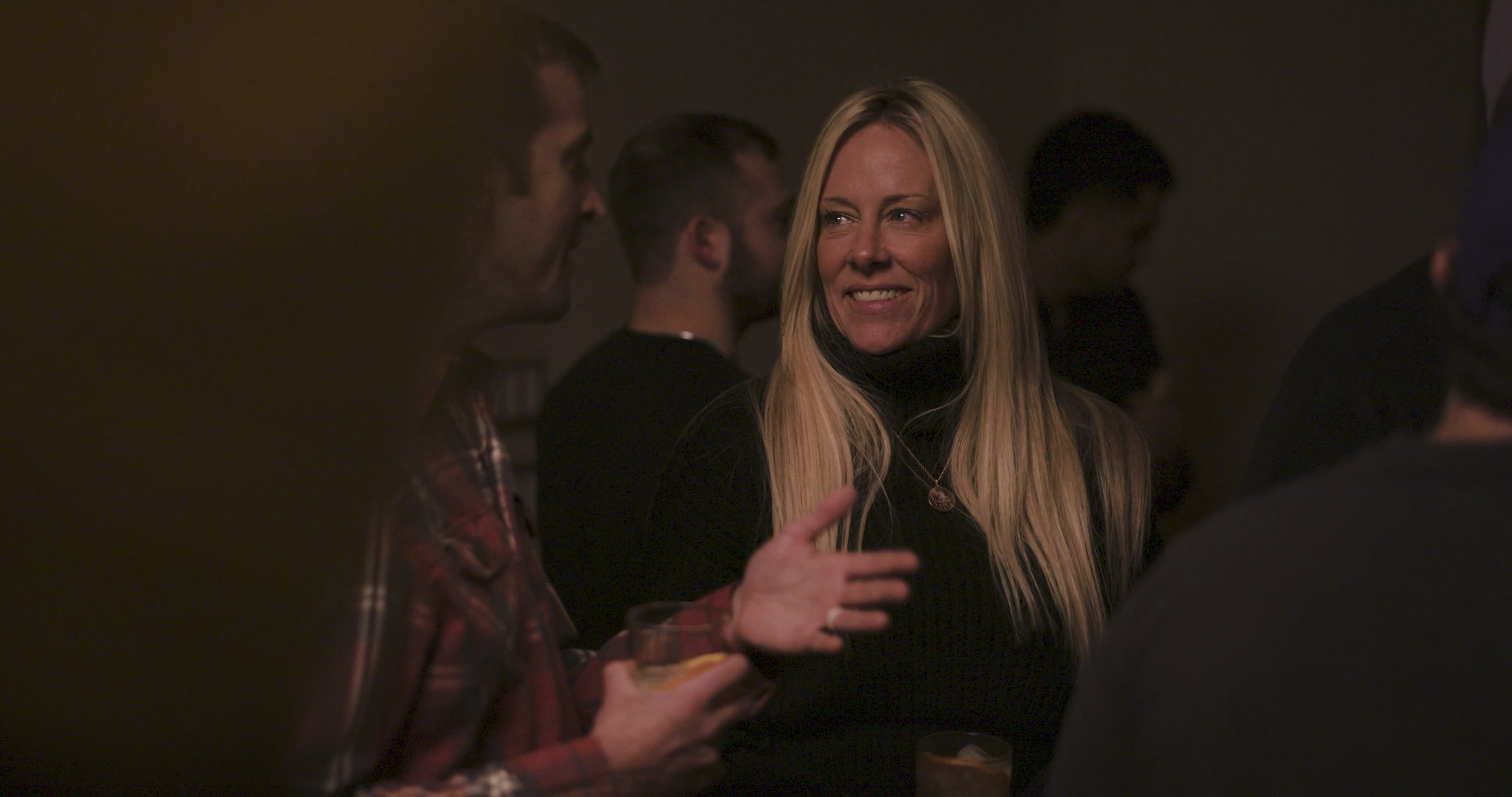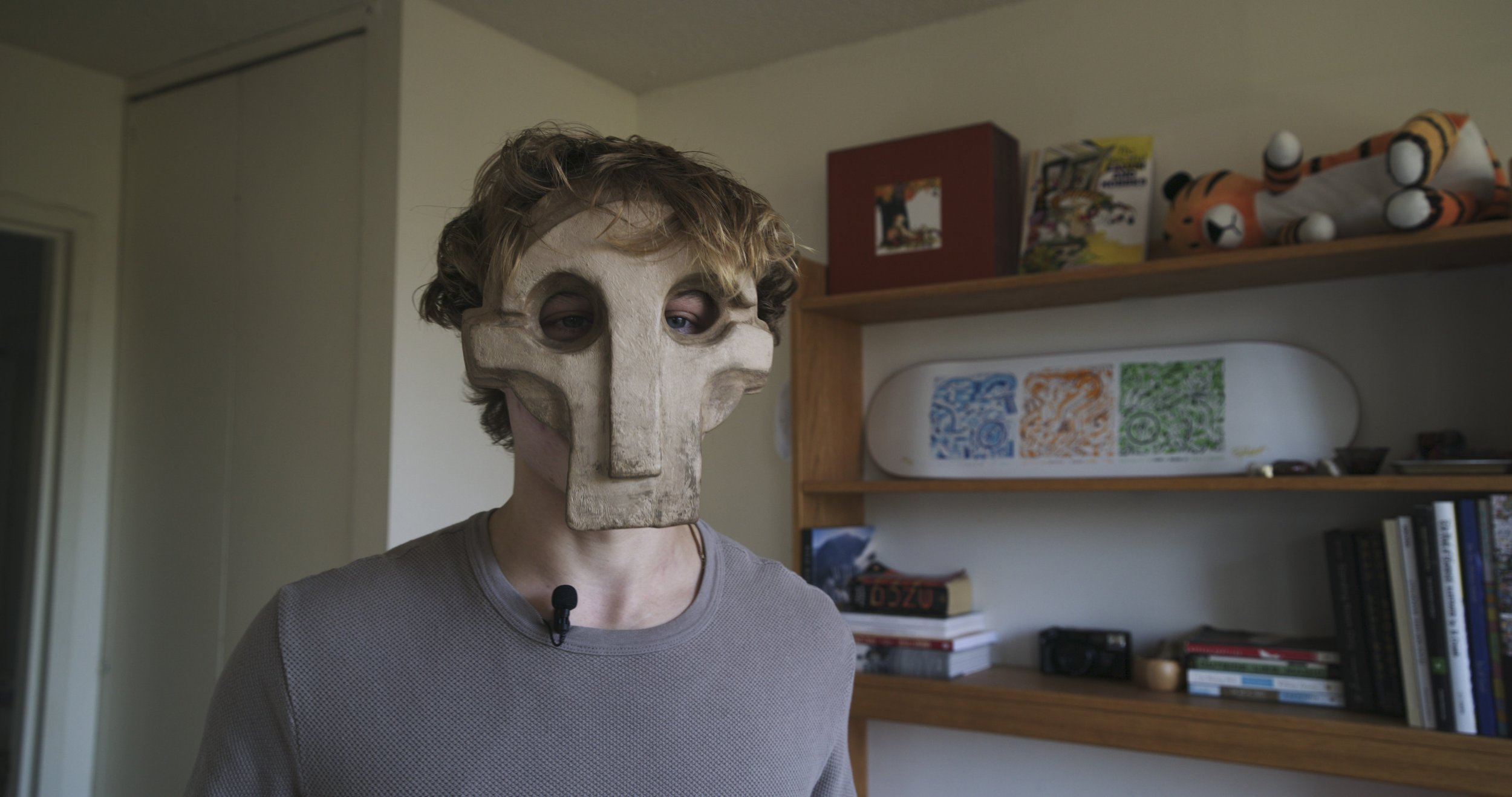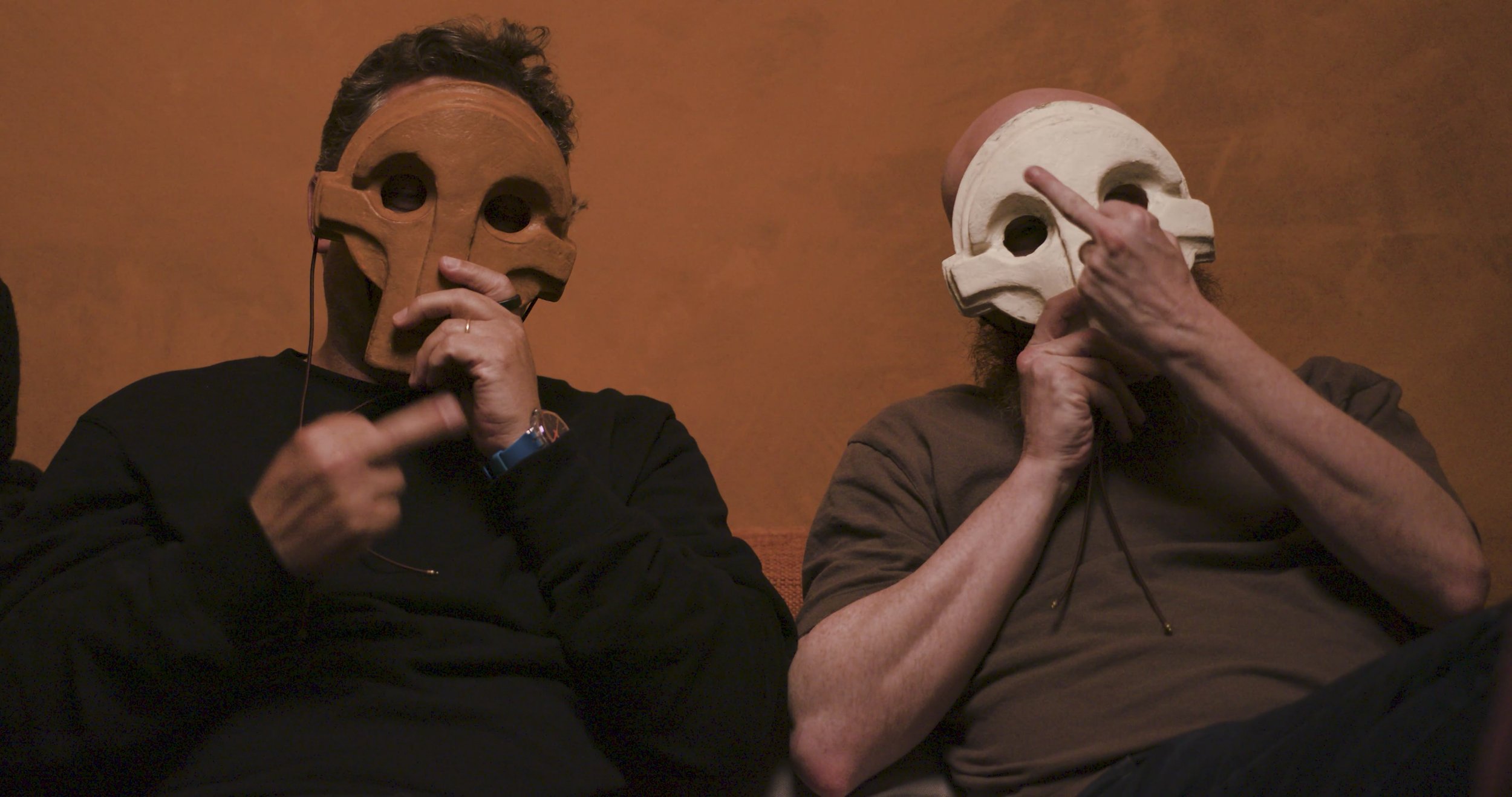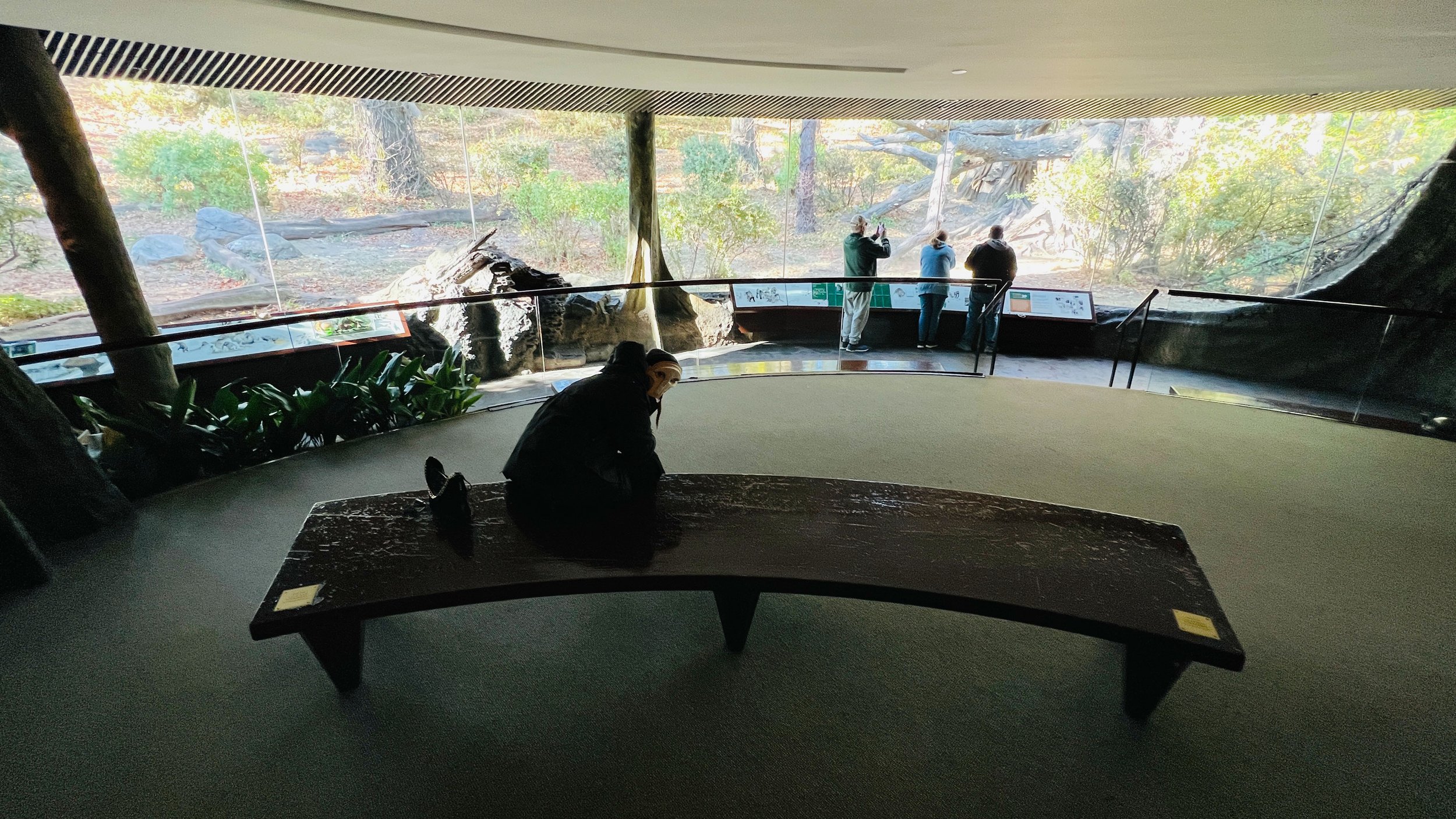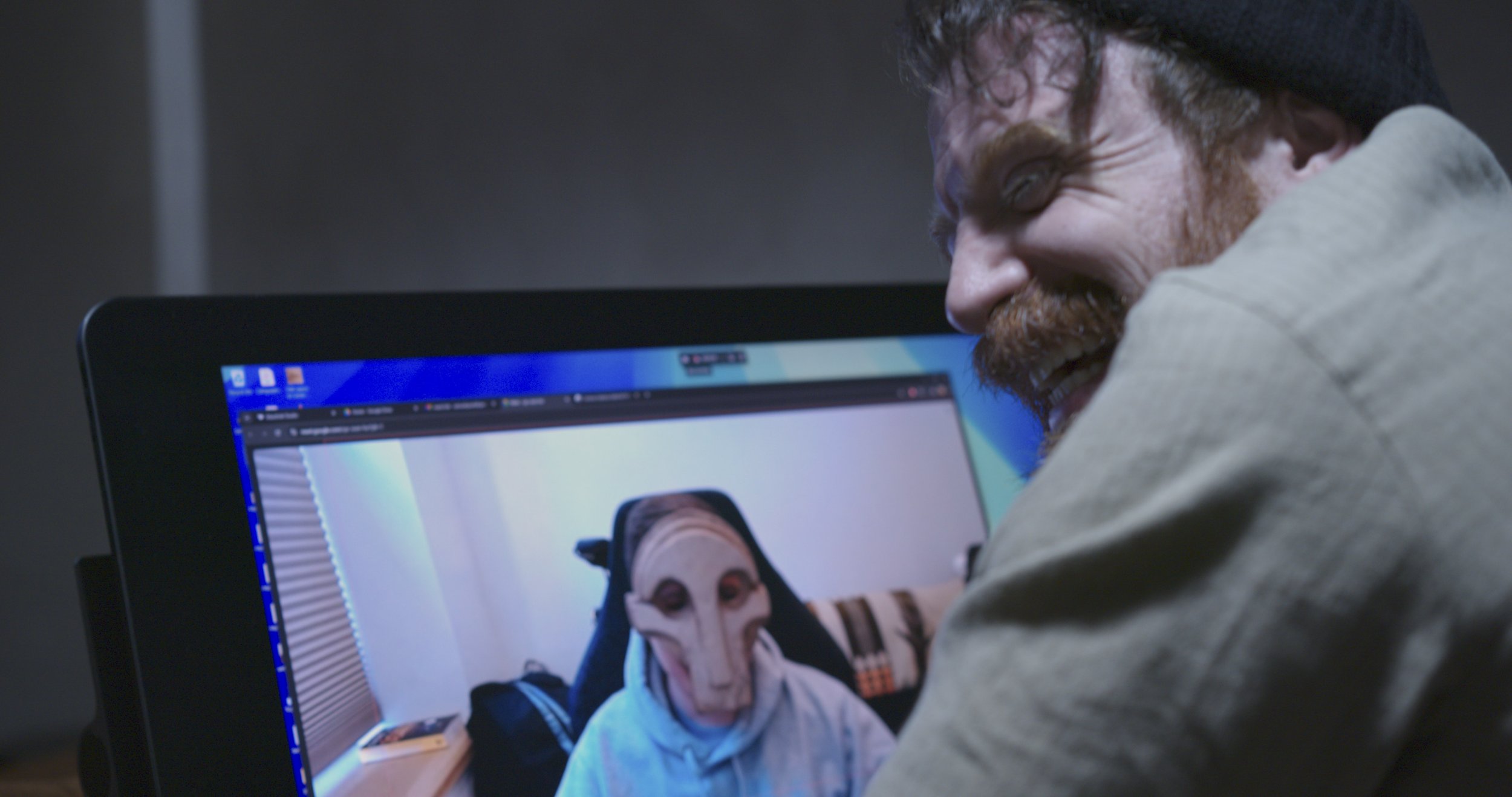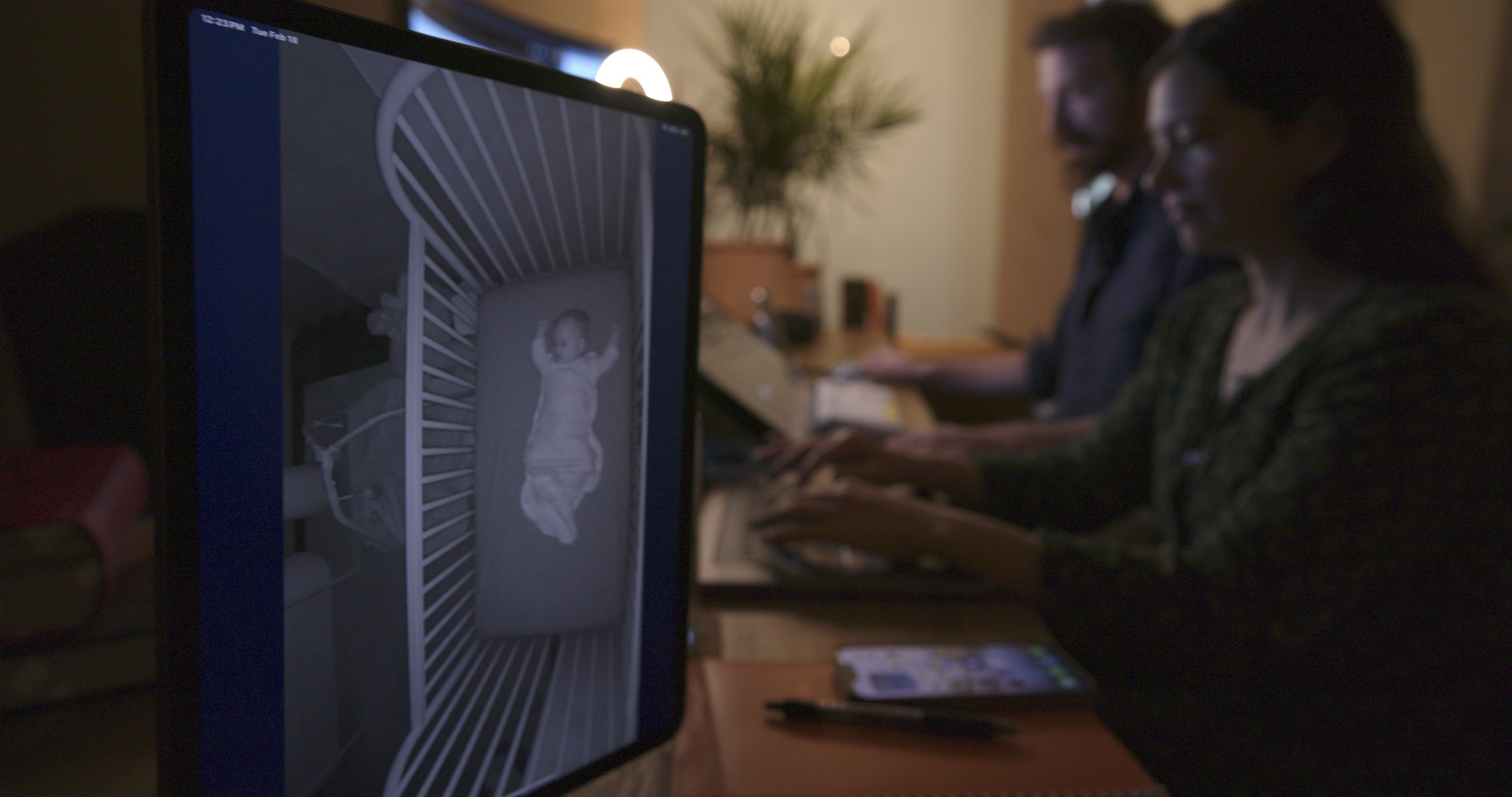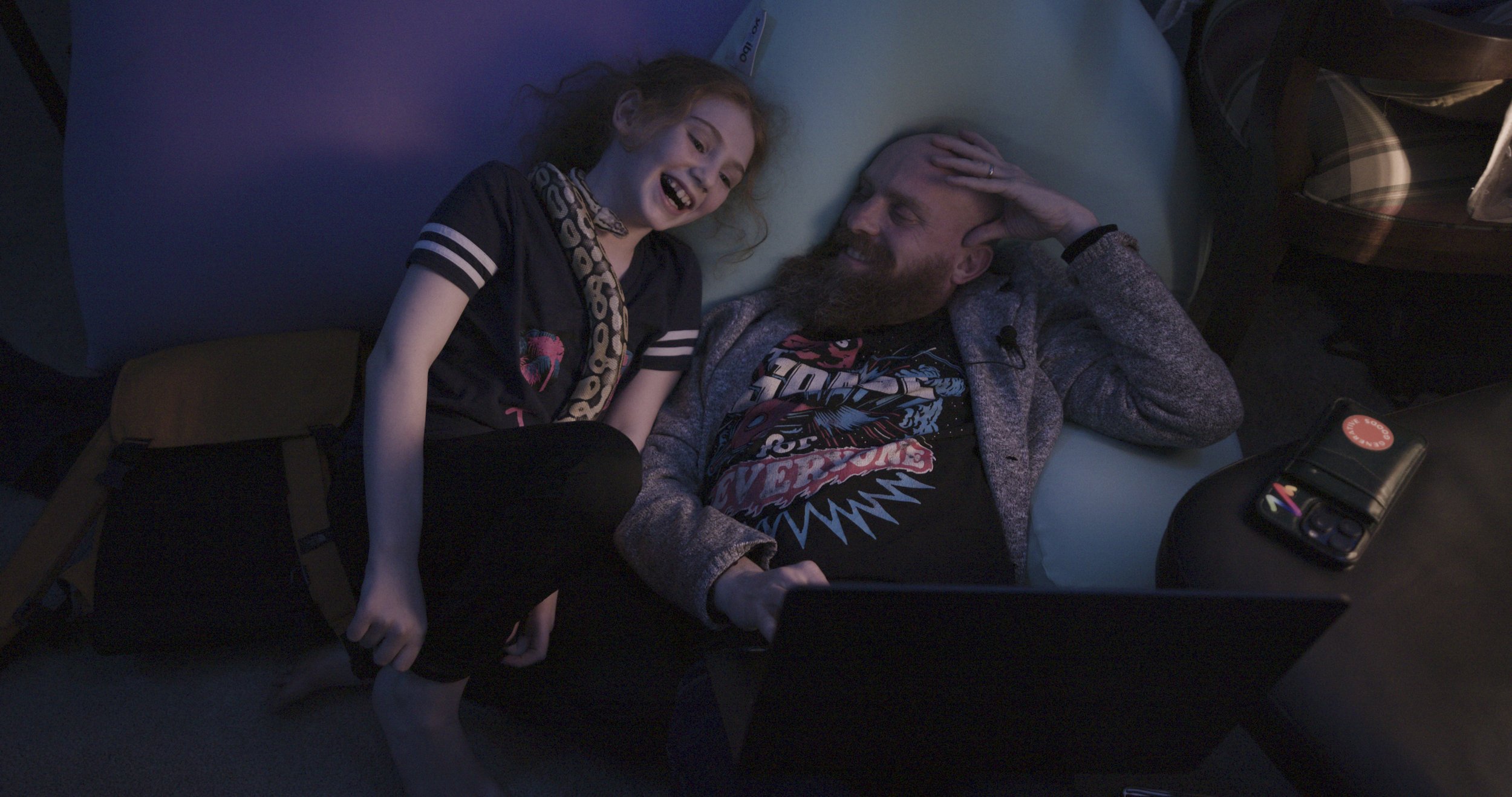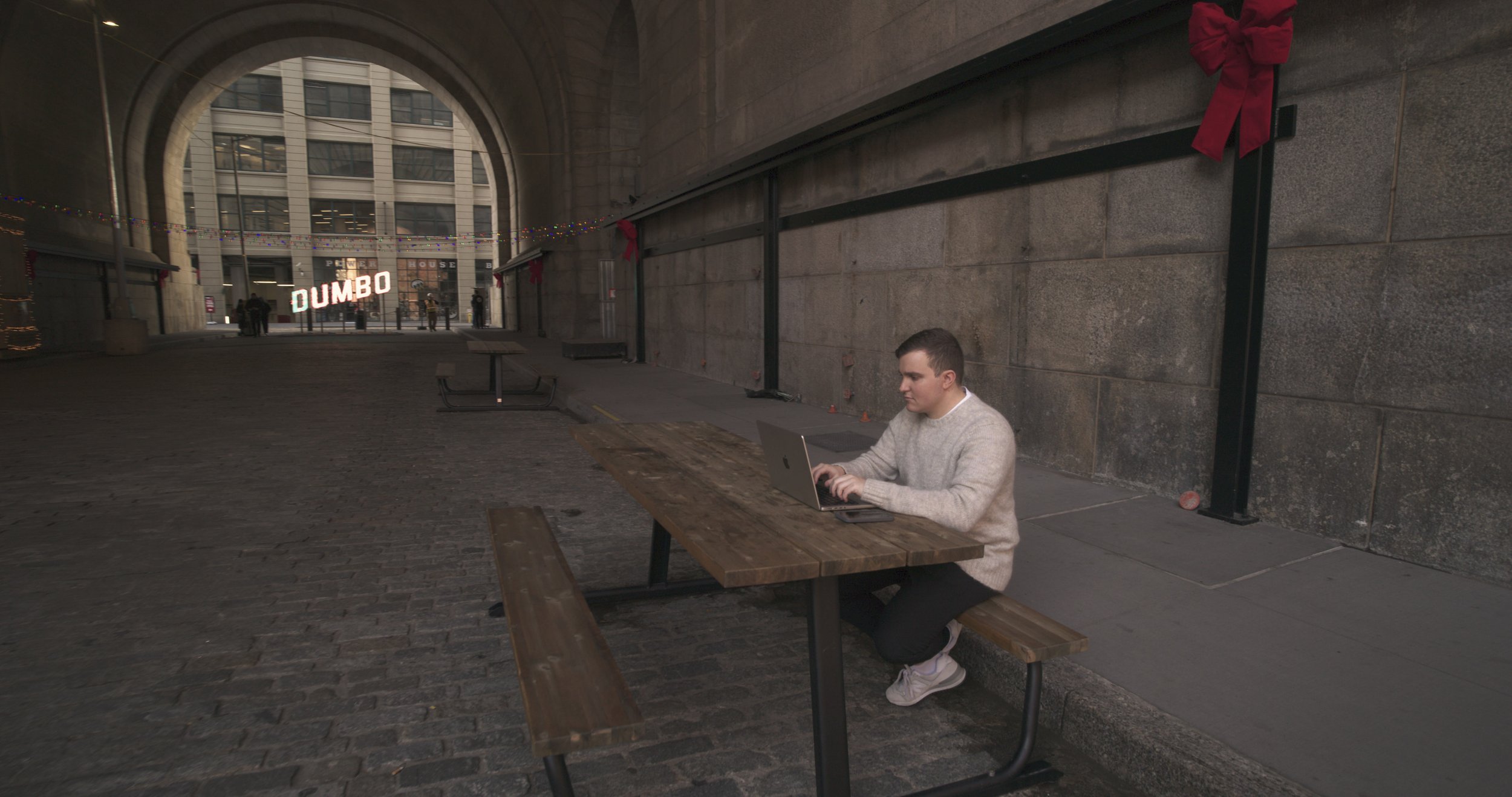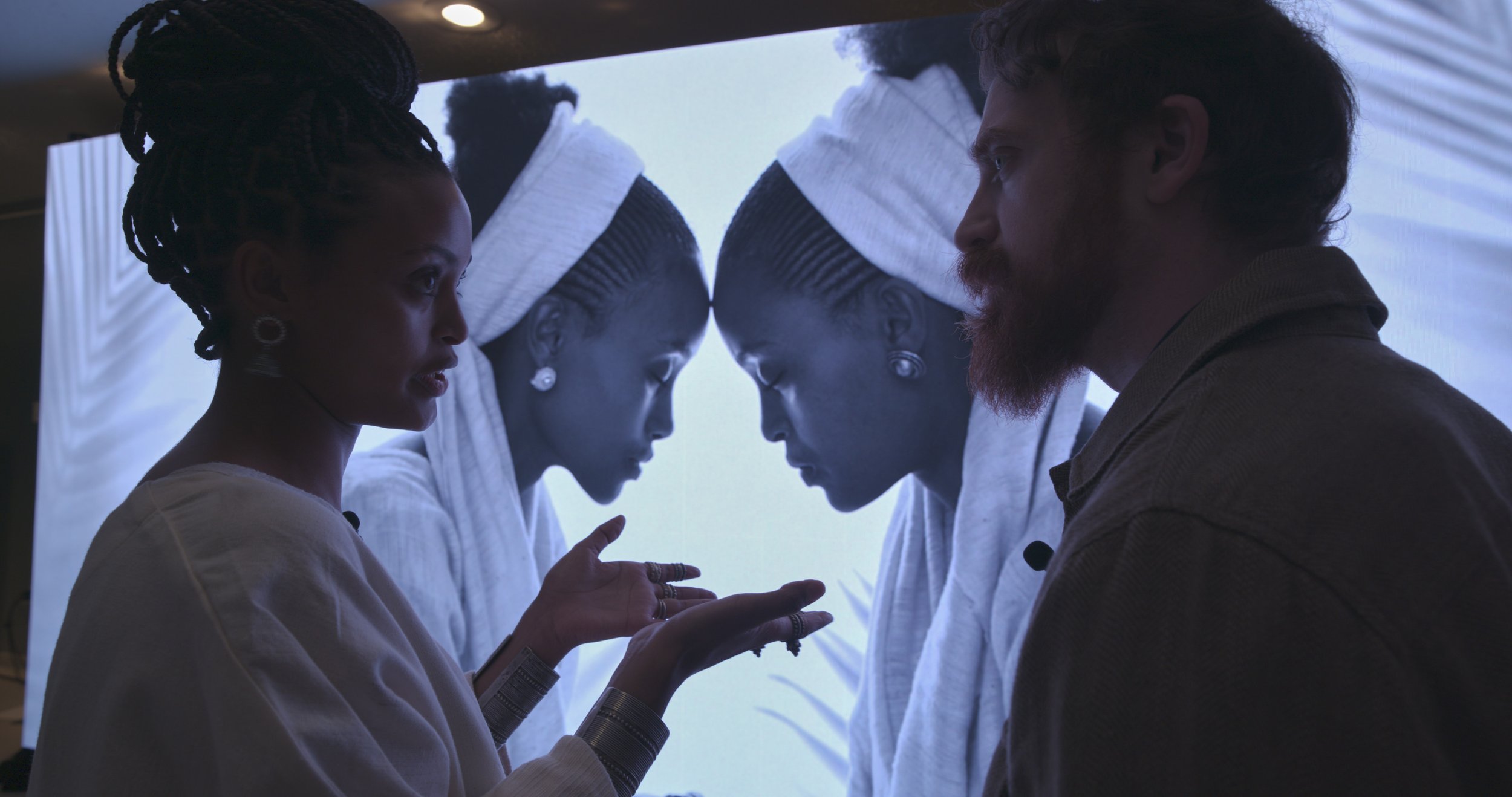He Who Tells the Best Story, Wins.
The artists whose names survive the erosion of time were never alone. They all began with something undeniably their own. A mind wired differently. An unmistakable artistic voice. The kind of mastery that bends attention toward itself. But singular talent alone was never enough. The work was also carried into the future by others. It was protected, narrated, and embedded into something larger than the artist.
What binds these immortal names is not the art alone, but the gravitational pull of a mythos. A myth constructed not only by the artist, but by a strange constellation of others, patrons and chroniclers. Those who wrapped it in story, circulated it, argued for it, and threaded it into the wider culture.
A painting does not become legendary in the moment it is created, but in the moments after, when others gather around it to spread the holy word, like pilgrims at a relic. These people are not neutral. They participate in the creation of legend. They do not merely preserve. They direct the director. They mythologize. They are the good side of the definition of “propagandists.”
In the English language, the word propaganda is often received with a warning label. It conjures images of deception, control, and manipulation. But that is not its only meaning. In other languages, its Latin root simply means “to propagate,” “to spread forth.” A tool, not a judgment. A means of ensuring an idea survives long enough to be etched into history itself.
And in this context, the propaganda surrounding an artist becomes necessary. Without some form of narrative architecture, without a container, a ritual, a rhythm, no idea, no truth, and certainly no artwork will make it across the wasteland of time. I choose the word propaganda deliberately because it acknowledges both the power and responsibility that come with shaping meaning. Power, in that it can influence legacy and even manipulate memory. Responsibility, because the moment you begin shaping the story, you are no longer a bystander. You are accountable for how that story will be remembered or mythologized. This style of propaganda is not a lie; it is the protective wrapping around a truth, shaped by those who live closest to it.
In our crypto space, when we say “this is how we build,” we are not speaking into a vacuum. We are screaming to ourselves. Those of us still here, still stubborn enough to care. Because without us, there is no one else. The future will forget. And I do believe the forgetting will be total.
I’ve begun to understand my place in all of this. As a documentary artist participating in this great decentralized experiment, I am not outside looking in. I am part of the community I’m documenting. To be “one of them” simply means I care about the outcome. I’m not neutral, and I don’t pretend to be. Sometimes it feels like being a militia member with a camera in one hand and a rifle in the other—documenting a revolution while also taking part in it. I accepted the role because I already believe. To deny this would be dishonest. And honesty, even uncomfortable honesty, is a form of faith.
Even on the worst days, when I fantasize about deleting my wallets, selling off every token, and walking away from this swamp of promises and failures, I know, deep inside, that I am living through a great art renaissance. And I do always drift back. I come back because Sam Spratt has shown us that this can be real. He is both a true lifelong friend to me and, more importantly, a true artist for all of us to rally behind. Disciplined and deliberate, he has infused this space with vision, energy, and great restraint. He has navigated this minefield with uncommon clarity.
Now, we find ourselves on the edges of Sam’s Masquerade. Those of us reading this are tasked with carrying this great talent into the future. This is a proposal for creating the propaganda and therefore, building the mythos of Sam Spratt.
Joey Lawrence
Director
Council of Luci member
Kindness is Monkey Money
Sam Spratt and the People Who Believed
Kindness is Monkey Money is a three-part documentary that captures the mythos of Sam Spratt—his evolving universe, Luci, and the wild cast of true believers, patrons, and degenerates orbiting around him. It captures a movement in real time, and all its dramatic growing pains.
The episodic series is ongoing, and timed to unfold alongside Sam’s major art releases. Not merely promotional, but also participatory. A synchronized myth-building, where each episode deepens the meaning of the work as it emerges into the world. In this way, the film becomes a living artifact, serving not only the artist, but also the patrons and institutions that have placed their trust in him. They become part of the narrative infrastructure, woven into the story as it’s being told.
Characters
-
Sam Spratt
A modern-day seer, Sam is the visionary behind Luci. He abandoned a lucrative commercial art career to pursue his own universe, taking extreme risks to create works that blend myth, tradition, and futurism. His disciplined, deliberate approach is both innovative and inspiring for those around him, positioning him as a true artist for his time.
-
Rachel Spratt
Sam's forever partner, Rachel is the quiet force that anchors both Sam and the world of Luci. Her unwavering support and sacrifices allow Sam to be free, offering stability amid the chaos of his creative pursuits.
-
Benny Redbeard
The underdog. The degenerate gambler. Benny represents the raw, chaotic heart of Sam’s world. The kind of faith that looks reckless until it turns out to be right. If children are a reflection of their parents, and the wisdom found in Benny’s kids reflects his best moments. But that wisdom didn’t come easy. Benny wrestles with accepting his role in all of this. His place in the orbit of something larger than himself. His story mirrors the communal struggle: belief, doubt, redemption, and the cost of conviction.
-
Joey Lawrence
Sam's closest friend and the series' director, Joey is a ruthless yet loving friend. As a documentarian seeking answers and the narrator behind the camera, he provides a unique lens into Sam's world, shaping and challenging his work.
-
Kiya Tadele
The pure soul. As leader of Ethiopian Art Collective, Yatreda, Kiya serves as a cultural guide, bringing Sam back to the roots and traditional values that underpin his work.
-

Kanbas
Visionary patrons, Kanbas is seen as a guiding light within the crypto community. They support and champion Sam’s work in ways that may appear unconventional or even rebellious to the traditional art world. Their belief in Sam’s vision helps bridge the gap between two seemingly disparate worlds, reinforcing the mythos through unwavering support and conviction.
-
Blondie
An independent woman with a tragic past, Blondie finds purpose and community in Sam's ecosystem, symbolizing the transformative power of art.
-
Ben Skaar
A young disciple, Ben represents the next generation of collectors. His journey reflects the balance between hope and disillusionment, needing role models like Sam.
-
Zachary Kolodny
A protocol engineer with a heart of gold, Zachary bridges the technical and emotional worlds in Sam's ecosystem.
-
Roger Dickerman
Once rejected, Roger's perseverance exemplifies the triumph of Sam's underdogs, earning recognition through "The Masquerade."
-
Kalen Borre
The fighter. An early believer in Sam’s work, Kalen’s path is marked by searing loss and raw resilience. After being drained for millions in crypto—including three of Sam’s artworks—he’s faced with a brutal choice: rebuild everything from scratch, or walk away entirely. His journey adds a dramatic arc to the story, forcing Sam to confront his own responsibilities as an artist, a leader, and the architect of a world others have chosen to believe in.
-

Lanett Bennett Grant
The protector of lore. Lanett spends her days translating Sam’s vision into something others can carry. One conversation, one thread at a time. At home, she cares for her husband, Mr. Grant, whose PTSD has confined them to a small but sacred space. Their home has become a humble museum of belief. Walls covered in art collected not for prestige, but for love.
Episode 1: The Birth of Luci
Sam Spratt was once a star in the commercial art world. Prestigious clients. Lucrative commissions. But something in it rang hollow. The paintings were flawless but they belonged to others. Sam walked away from it all to pursue his own world: Luci.
This episode traces the early architecture of that universe and the humans who helped shape it.
We meet the cast: Rachel, the anchor. Joey, the embedded witness. Benny Red Beard, the true believer. Kiya, the cultural soul. And Kalen, the fighter.
Kalen’s story cuts a deep line through the narrative. One of Sam’s earliest and most committed supporters, Kalen is drained for millions in crypto, including three of Sam’s major artworks. It’s more than a loss. It’s a rupture. A test. Sam’s utopian vision of art, value, and community collides with the brutal machinery of the blockchain.
In the wake of that collapse, Sam is left to reckon with a hard truth: he is no longer just an artist. He is a builder of systems, a mythmaker with consequences, a leader to people he never asked to lead. Luci was meant to be a reflection. Now it has become a responsibility.
Episode 2: The Mask Maker
At first glance, Masquerade looked like a cryptic game. In truth, it was a deeply human ritual. The prompt was simple: observe. Leave a piece of yourself. Hundreds did. Grieving, joking, vandalizing, searching. Beyond every dot, a very human story. A handcrafted exchange between artist and observer.
Lanett, a quiet keeper of the lore, used her observations to protect the spirit of the work, just as she protects her husband at home. Pieter, a Polish oncologist facing terminal cancer, left behind farewells for his children, trusting the permanence of Sam’s world to carry his words into the future. Behind the curtain, the Council of Luci, a trusted circle of Sam’s closest supporters, judged the observers. Among the contenders was Roger Dickerman, once rejected, now returning to play again with vulnerability and resolve.
The episode culminates with Masquerade and the Masks of Luci being exhibited at the Toledo Museum of Art. The wall between the digital and the institutional cracked open. Benny Red Beard, long overlooked by traditional art circles, found his belief finally recognized. The so-called “degenerate” of the crypto space—the underdog—slowly walks to the center.
Episode 3: The Zoo
By the time we reach Episode 3, reality itself begins to feel slippery. The edges blur. What once moved in straight lines now ripples.
Sam travels with Kiya and Joey to the Afar region of Ethiopia, the lowest and hottest place on Earth. It is the ancient floor of the Red Sea, formed by violent godlength swells of geologic time. Sam goes not for revelation, but to follow a thread already in motion. They visit Hadar, where Lucy the hominid was discovered, but the site is not treated in otherness. There is no cinematic pause, no swelling music, only quiet attention. Sam misleadingly calls it “texture gathering,” though what he’s gathering is not just visual. It is structural. It is about the patterns beneath surfaces.
From this place of origin, Sam returns home to work on The Zoo, his most ambitious project yet. Its spark was lit years earlier during a psychedelic experience and psychotic break at the Bronx Zoo. Sam and Joey’s perceptions dissolved. The boundaries between animals, time, the self, and the material world unraveled. A bear, a gorilla, a zebra—no longer separate bodies, but formless non-beings swimming in the same cosmic soup. Air became a lattice of iridescent strands. Water, skin, grass, and granite lost their edges. The barrier between internal and external collapsed. In this context, the episode is not about the contrast between locations. The Bronx and Afar are not opposites. They are presented as expressions of the same frequency - the inspiration for his next chapter: the connections between all things and a grand experiment in networked art.
Next, The Zoo moves from private vision to public offering. It becomes a test of scale, complexity, and belief. Can the system Sam built hold under pressure? Can artist and audience move in sync without collapse? Sam expands his circles outward, trusting the framework he has spent years perfecting and the community that helped him build it. This episode becomes the culmination of everything. The moment we see whether the world Sam built can truly flourish when everyone is finally allowed inside.
Still Gallery
Clips
“The Building Block of Life”
“A Nobody”
“The Noodle Zone”
“Doves after the Flood”
I’m used to filming documentaries in distant places. Being a witness to history unfolding and carrying it into the future. But I realized all of this is happening right in front of me, And it’s time to get started, before all of this slips away. Thank you for considering being a part of this documentary series about my friend Sam Spratt.

